Red bird cherry and features of its cultivation
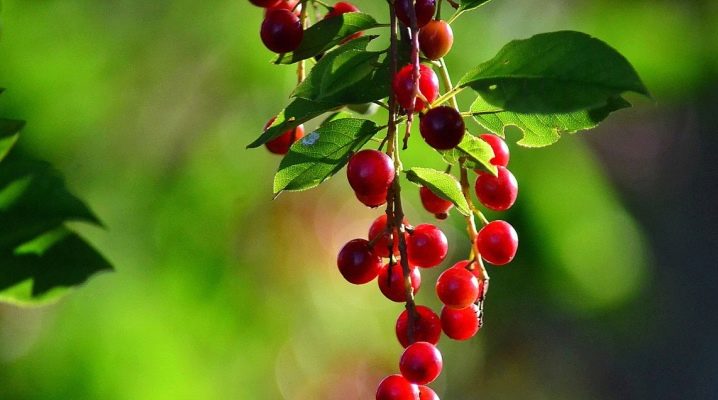
For many, the beginning of spring is associated with the flowering of bird cherry, but not everyone knows that this tree also bears fruit. In modern breeding, there are 2 types of bird cherry: red and black. Red bird cherry has a beautiful appearance at the time of flowering, bright berries will delight throughout the season, and the fruits can also be used in cooking. The tree is distinguished by ease of care and unpretentiousness.
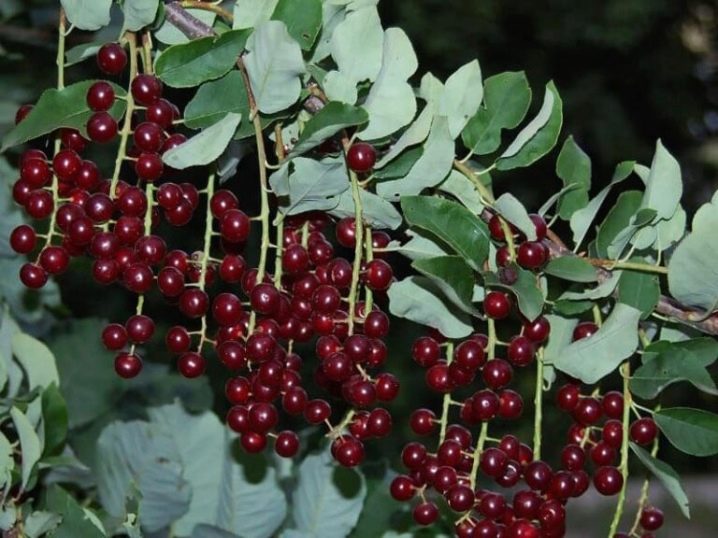
general description
The red-fruited bird cherry got its official name based on its habitat. Virginia it was named because the first specimens of the red-fruited tree were bred in the state of Virginia.
The main distribution area is North America, less often Europe and Russia, as well as Asian countries.
In Russia, bird cherry is simply called red. This is due to the fact that the skin of the berries has a rich scarlet color.
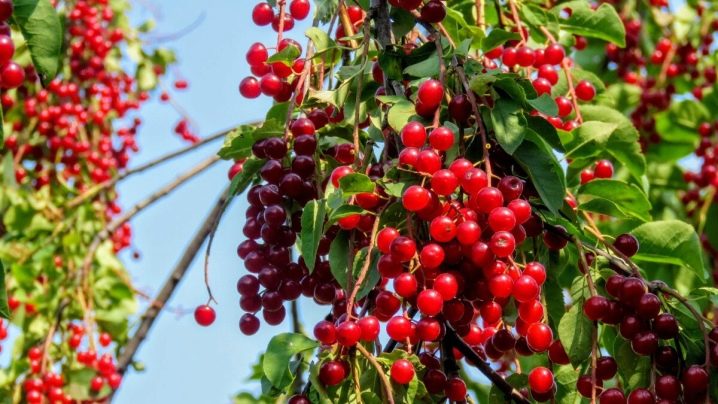
According to its botanical characteristics, the tree variety belongs to the plum family. In its natural habitat, a tree can reach 12-15 m, as it grows very quickly. The crown is spreading and very branched, the diameter reaches 8-10 m. On the site, subject to the formation of a tree, the height most often does not exceed 8 m, and sometimes it is even less. The crown is also cut off and only 4-6 m in diameter are left.
The shoots are strong, strong and quite resilient. The bark of young shoots is light brown, gradually the branches begin to grow stiff and dark brown.
Leaves are dense, oval in shape with a slightly elongated sharp tip. The leaf plate has a deep green color on the outside, the back surface is light. In autumn, the leaves change color to brown-red.
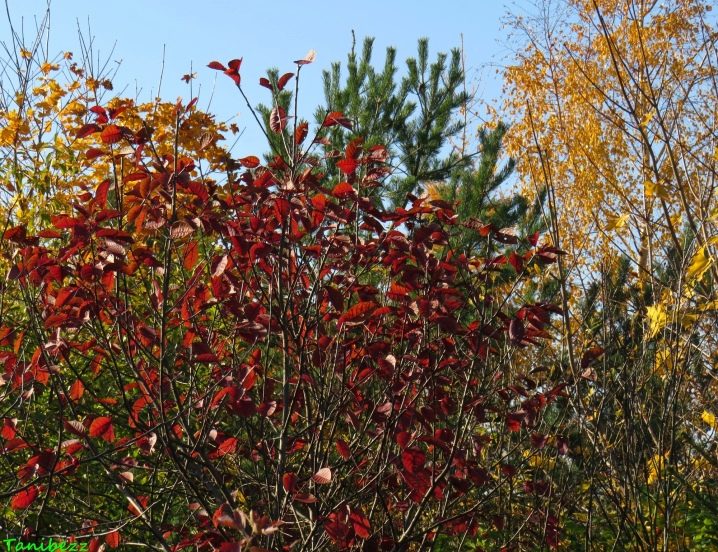
The cherry blossoms are abundant and very beautiful. The buds are most often small, white. They are collected in dense brushes, in which 15-30 flowers are formed. Inflorescence length 15 cm.
If you do not look closely at the tree, then the outlines of the buds are practically invisible. The whole tree is simply covered with a non-thick foam.
Depending on the region of cultivation, flowering can begin in the second decade of May or early July.
The aroma of the flowers is very subtle and almost imperceptible in some varieties. The flowering period lasts about 2 weeks.
The fruits begin to ripen in the last weeks of August or early September. They can be collected and eaten after processing. And also many summer residents cook compotes from berries, make jams, preserves, or simply freeze them for the winter.
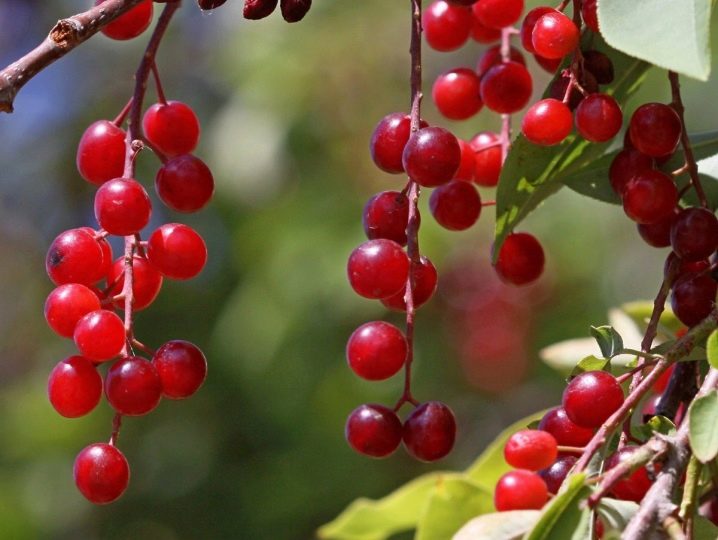
The main advantages of the variety include the fact that bird cherry is unpretentious in care. The tree adapts well to a new growing area and can tolerate a little shade.
At the same time, the culture is not shade-loving. Handles heat or drought easily. She has excellent external data, for which she is appreciated in landscape design.
The red bird cherry has two main disadvantages. The first is that the red-fruited tree is not as frost-resistant. Of course, breeders have bred some species that can be grown in the Urals, Siberia or in central Russia. But most often the culture is grown in the south.
And the second minus - any variety of red bird cherry has a very fast growth rate, and if it is not controlled, then the root shoots will begin to multiply and spread endlessly throughout the site, destroying everything in its path. The rapid growth rate begins 3-4 years after disembarkation.
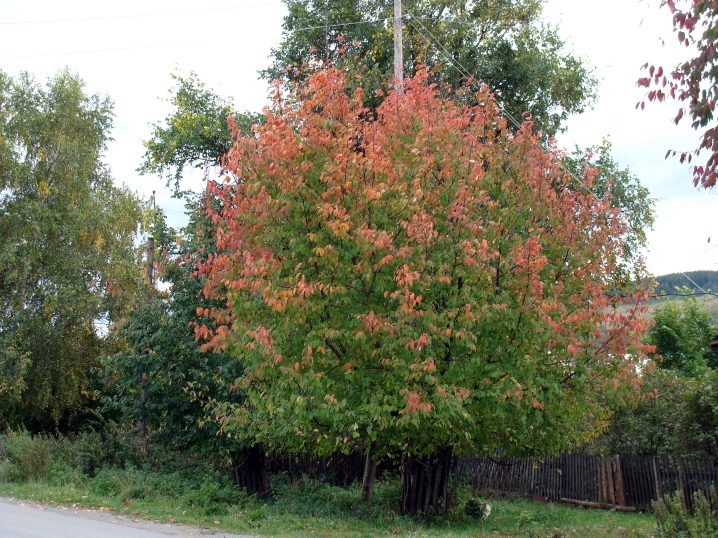
Popular varieties
The red bird cherry is not very popular. Therefore, you can count only about a dozen of its varieties. Most of them were bred on the territory of Russia in order to increase frost resistance.
The most common varieties are the following.
-
Self-fertile. A species that does not need additional pollinators. A powerful tree with a very ornate pyramidal crown. It reaches a height of 7 m. It blooms profusely, 10-15 days. The berries are deep red in color, with a slight sourness.

-
Dawn. A dwarf culture, the maximum tree height is 3 m. The natural crown is formed round, slightly elongated and may become pyramidal over time. The branches are sparse and do not intertwine with each other. Average yield, up to 10 kg. The peculiarity of the variety is that in terms of ripening Dawn does not differ from other species, but the fruits ripen on the tree 10-12 days earlier.
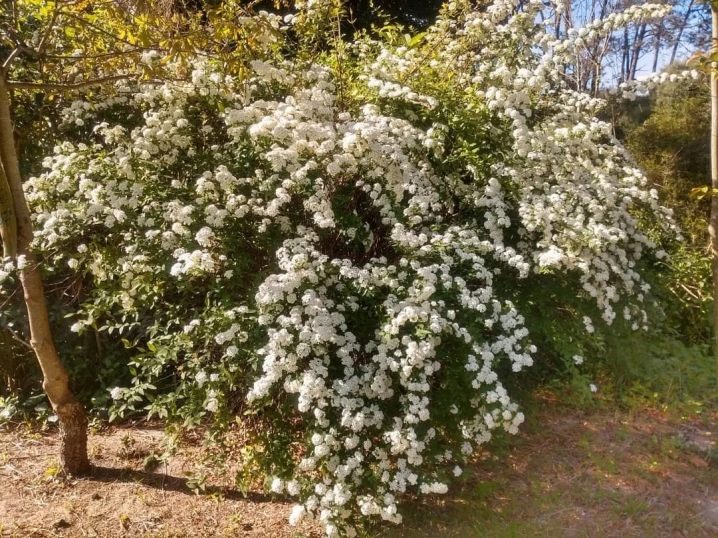
- Taiga. A small tree 4 m high. More like a shrub, as the branches begin to grow from the beginning of the trunk. The crown is round, not thickened, but densely leafy, small and compact. The berries are tart, slightly sour. The saturation of the red tint on the berries depends primarily on the growing region. Productivity up to 4-5 kg. Bird cherry Taiga is self-infertile, therefore it needs additional pollination.

-
Narym. The height of the tree is 4 m, the crown is small, only 2-2.5 m. The variety is also self-fertile. The berries are large, up to 1 cm in diameter. By color - scarlet, fruit taste with a slight sourness. 4 kg of berries can be removed from one tree.
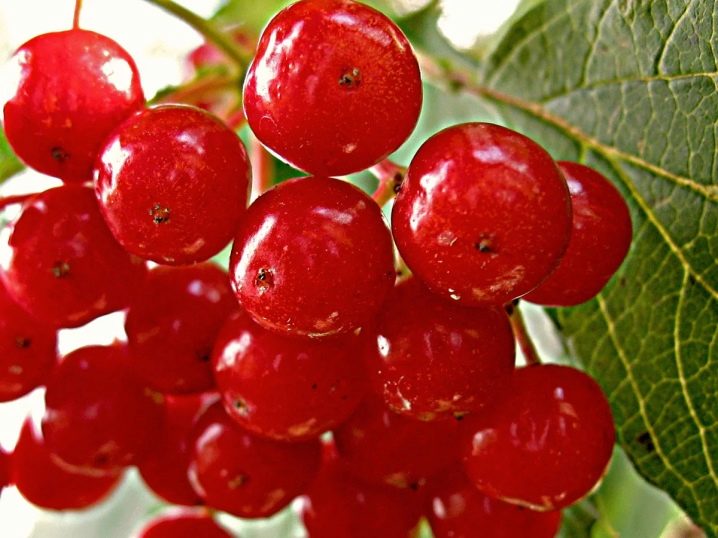
- Schubert. Tall tree, up to 6-10 m. The crown is lush and spreading. At the beginning of flowering, the leaves are green, but gradually begin to change color to purple-violet. The berries are maroon, they can give off a dark black undertone. The taste is very bright and tart. A feature of this species is considered to be its high frost resistance, practically up to -40 ° C.

-
Canada Ed. Compact tree up to 5 m high. The crown is semi-spreading, small. Average leafiness. Leaves are deep green in color, by autumn they can turn red or purple. It tolerates frost well, therefore it is suitable for growing in the Urals or Siberia.
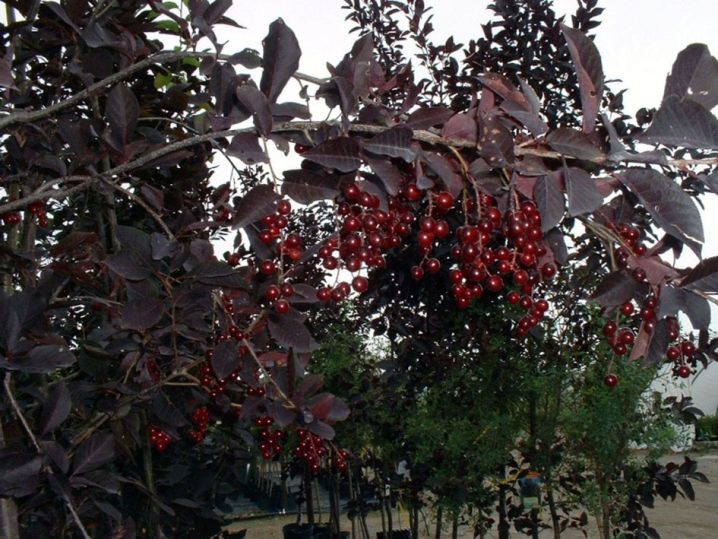
Landing
Autumn planting is carried out only in the south or in regions with a mild and warm climate. The rest of Russia is best suited for spring planting.
It is best to choose a landing site based on the following criteria.
-
Illumination. Many argue that bird cherry grows quite well in a small shade. This is indeed the case. Almost all varieties can tolerate light shade, but the crop is not shade-loving. With a strong lack of light, the crown begins to actively stretch upward, and the berries ripen only at the very top.
-
The soil should be loose, neutral or slightly acidic. It is better to add sand and peat to the soil during preparation, and you can also make an admixture from the mineral complex.
-
Do not drain and avoid groundwater. Red bird cherry prefers moist soil. Its natural habitat is the banks of water bodies or small rivers.
-
It is worth observing the interval at least 5 m with other types of trees.
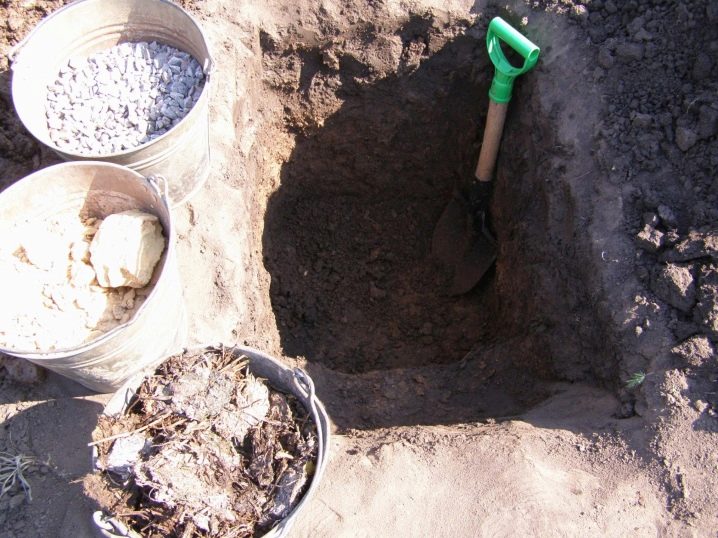
For planting, it is necessary to dig a hole 50-60 cm deep, 80 cm in diameter. But the bottom should be poured into nutritious soil with an admixture of humus and nutritious fertilizers. And also the pit is abundantly spilled with water.
The seedling must be removed from the container, after soaking the roots in water, then the pot will easily move away.
The plant gently sinks to the bottom, adheres and is covered with earth. The root system is best decomposed. After planting, everything is spilled abundantly with water, approximately 20-25 liters. After all the moisture has been absorbed, the soil can be mulched.
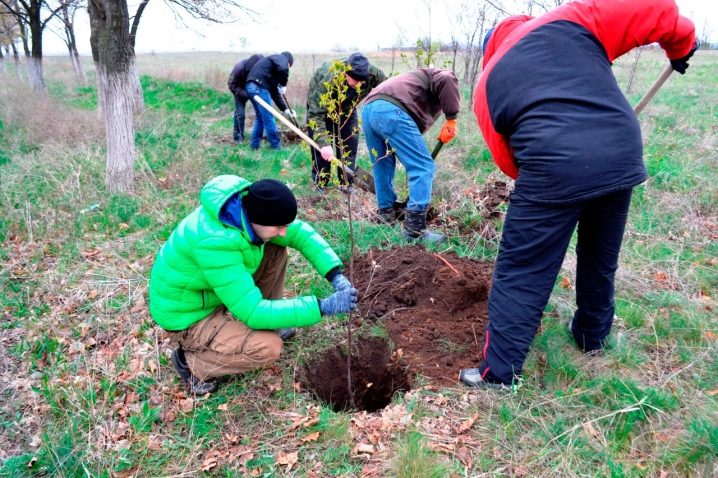
Care
Care rules include:
-
watering;
-
top dressing;
-
loosening;
-
trimming or shaping.
Young seedlings need more moist soil, so watering is carried out approximately every week.Mature trees are watered only 2 times a month, and more often if the drought is too severe. If the summer turned out to be too wet and rainy, then additional watering of the bird cherry is not required.
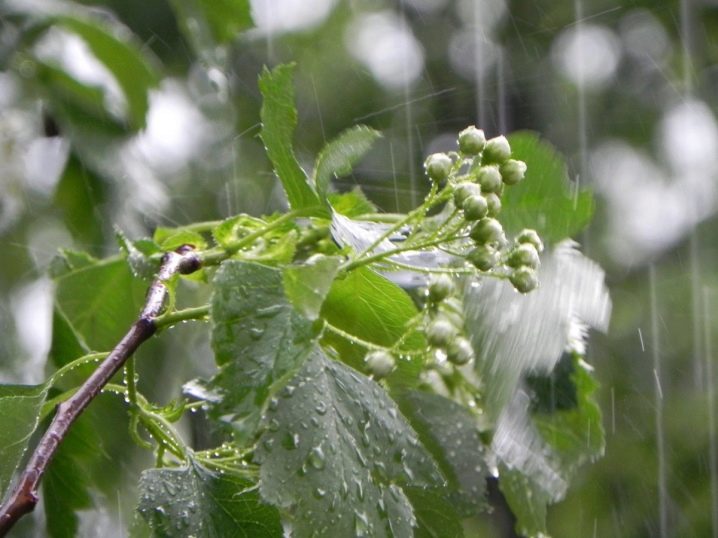
Under normal soil conditions, there is no need to feed the tree. The root system takes everything it needs from the soil. But if the land is poor, then it is better to fertilize it at the beginning of the season and at the end of the growing season. In the spring, nitrogen-containing fertilizers should be applied, and in the fall - a mixture of phosphorus and potassium.
Pruning can involve shaping the crown or it can be done for sanitation purposes. Mature trees are pruned almost every year. Remove frozen branches, broken ones. In the fall, the damaged ones are removed. The crown is molded before the start of sap flow. Choose a rounded shape or bowl-shaped.
The soil is loosened most often next to young seedlings. At this point, weeds and other shrubs are removed. Weeds are not a hindrance to mature trees.
Since the red bird cherry does not have good indicators of frost resistance (except for some varieties), it is best to cover it for the winter period. This is especially necessary for seedlings. To do this, make a small mound of humus and peat at the base of the trunk. The height should be 20-30 cm. And you can also mulch the ground, the layer thickness is at least 10 cm. You should not use sawdust for this, as it gets wet quickly, but dries for a very long time.
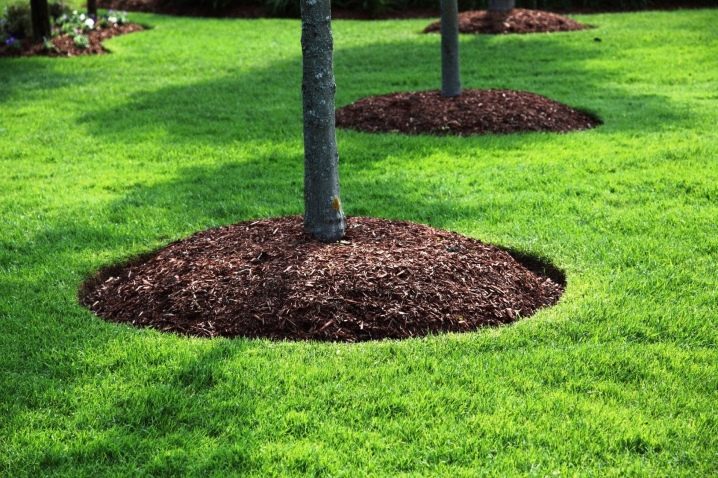
Reproduction
Red bird cherry can be propagated in the following ways:
-
root shoots;
-
green and woody cuttings;
-
vaccination.
It can also be propagated by seeds, but in this case all the properties of the variety (they are also called maternal) cannot be preserved. The seeds can be sown in September.
Very rarely, summer residents resort to the method of reproduction by bones. It is very long-lasting and energy-consuming. The first fruits will appear only after 7-8 years.

Diseases and pests
With proper care and proper planting, bird cherry practically does not get sick. But for prevention, gardeners twice spray the tree itself and the adjacent soil with fungicides.
If a marsupial mushroom or tinder fungus was found on a tree trunk, then it must be cut off immediately. This is all done carefully so as not to spray the pores. The cut site is processed with wood ash or crushed chalk, and then coated with garden varnish.
Flower pockets. One of the most dangerous fungi, which in a matter of time can completely infect bird cherry. The fruits begin to gradually deform and deteriorate. Over time, the berries fall off.
The control measure is that all areas covered with ailment are removed, and the rest is sprayed with Bordeaux mixture or copper sulfate.
Cytosporosis is a disease that leads to the drying out and depletion of the tree. The trunk gradually begins to become covered with white tubercles of various diameters. To fight, it is necessary to spray all damaged areas with a Bordeaux mixture, rinse the branches with vitriol. And in the fall, the trunk is whitewashed.
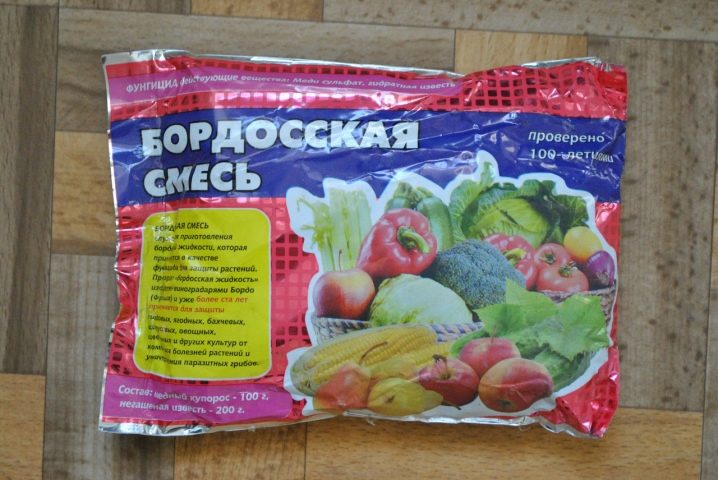
Use in landscape design
In the 18th century, bird cherry was actively used in landscape design. Nowadays, culture is used both for a solo accent and in small compositions.
Much depends on the variety, because each species needs a lot of space not only for the crown, but also for the roots.
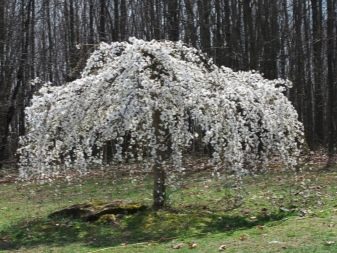
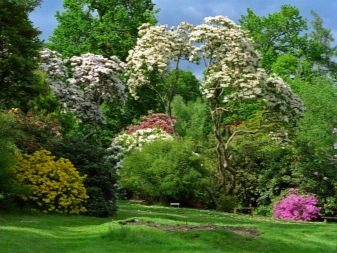
Many summer residents plant tree compositions taking into account self-fertility. That is, if the bird cherry is self-fertile, then next to it you can plant any other tree from the pink family and get an unexpected, very interesting hybrid. In this case, the quality of the fruit will increase.
In a single version, bird cherry is planted along the fence or in the middle of the site, everything around should be ennobled with an evenly mowed lawn.










The comment was sent successfully.